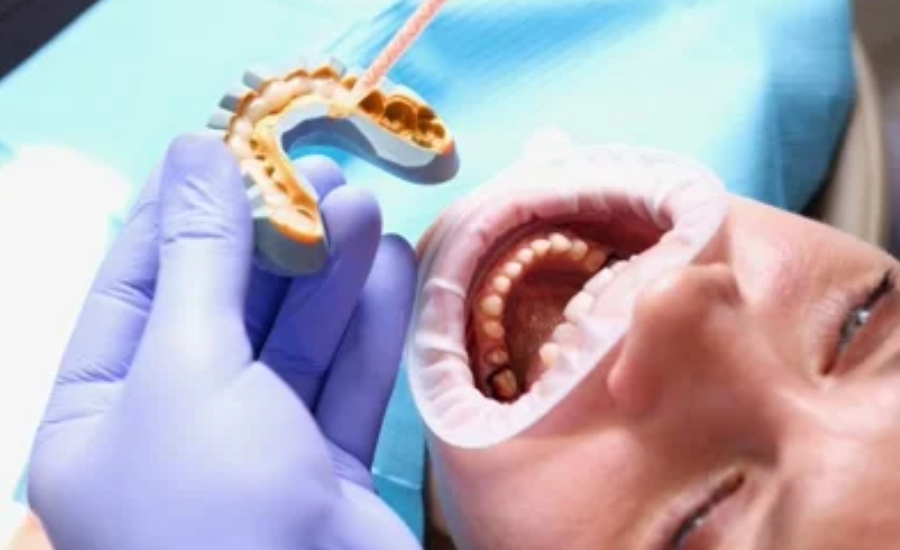Precision and accuracy are paramount in dentistry, especially when creating dental impressions. These are crucial for dental procedures, from creating crowns and bridges to orthodontic appliances and dentures. Therefore, having suitable dental impression materials is critical to ensuring that these procedures result in successful and satisfactory patient outcomes.
For those looking to shop for dental impression materials, it is essential to understand which types are best suited for specific dental tasks. The suitable materials provide the accuracy needed for effective treatments and ensure comfort for the patient during the impression process. So, this guide highlights the essential materials for the process every dentist should have in their toolkit, ensuring they are prepared for various needs.
Silicone-Based
Addition Silicones
Adding silicones offers excellent dimensional stability and detail reproduction, often considered the gold standard in dental impression materials. They are ideal for situations where precise detail is necessary, such as in implant dentistry or when creating fixed prosthodontics like crowns and bridges. Their hydrophobic nature requires careful handling, but the accuracy they provide is unmatched.
Condensation Silicones
While less popular than their addition counterparts due to lesser dimensional stability, condensation silicones are more cost-effective and provide good results for less demanding applications. They are easy to mix and use, making them suitable for general dental practices.
Polyether Materials
Polyether materials are known for their high accuracy and excellent elastic recovery, which makes them suitable for complex cases involving deep undercuts or tight spaces. They are highly hydrophilic, which allows them to perform well in moist environments, ensuring that the impressions are precise even in challenging oral conditions.
Alginate Materials

Alginate materials are the most commonly used materials in general dental practices due to their ease of use and low cost. They are best suited for less complex ones, such as those required for study models or orthodontic records. Alginates are unsuitable for creating permanent restorations but excellent for preliminary impressions and diagnostic purposes.
Digital Impression Systems
As technology advances, digital impression systems become increasingly prevalent in modern dental practices. These systems do not require traditional materials but use digital scanners to capture precise details of the dentition directly into a computer. This method is becoming widespread due to its comfort and efficiency, reducing the need for multiple tries and material waste.
Choosing the Right Materials
When you shop for dental impression materials, the practice’s precise needs and typical cases must be considered. Factors such as the material’s set time, ease of use, patient comfort, and planned restoration should guide the selection process.
Set Time and Working Time
The set time of an impression material refers to how long it takes to cure and harden fully. In contrast, the working time is when the material can be manipulated after mixing. Depending on the clinical situation, materials with longer or shorter set times may be preferred to accommodate different treatment scenarios.
Flavouring and Colour
To enhance patient comfort, many materials come in various flavours and colours. This can make the process more pleasant for patients, especially children, who might find the procedure intimidating.
The choice of materials can significantly influence the outcome of dental restorations and treatments. Whether one opts for silicone-based materials for their precision, polyether for its performance in moist conditions, alginate for preliminary impressions, or modern digital impression systems, each material serves a specific purpose that can enhance the efficiency and efficacy of dental care.
Dentists should continually assess and update their selection of impression materials to stay abreast of the latest advancements and ensure the highest standards of patient care. By guaranteeing a well-stocked inventory of essential and advanced materials, dental professionals can be prepared for any clinical situation, providing patients with the best possible outcomes.
“Don’t miss out on updates and alerts – stay connected! Chicago Heading

